Ganghwado Jejeokbong Peace Observatory (강화도제적봉 평화전망대 )
.0M 2021-10-23
797, Jeonmangdae-ro, Ganghwa-gun, Incheon
+82-32-930-7062
Ganghwado Jejeokbong Peace Observatory was constructed in the northern area of the Civilian Restricted Zone in Cheolsan-ri, Yangsa-myeon. Entry to this area was strictly prohibited to the general public until 2008. The observatory allows visitors to take a closer look at the natural beauty the lies beyond the northern border. The observatory consists of four floors. The basement and fourth floor are used by the military; the first floor sells regional produce from Ganghwado Island and specialty products from North Korea, and the second and third floors make up the audio-visual rooms with materials related to North Korea and an observatory where one can observe the Northern territory from afar.
Hwamunseok Cultural Center (강화화문석문화관)
3.9Km 2021-11-11
413, Jangjeongyango-gil, Ganghwa-gun, Incheon
+82-32-930-7060
Ganghwa Hwamunseok, Korea's only rush-weaving handicraft, is a cultural legacy inherited from the Goryeo period, and is a product that is exclusively produced in Ganghwa-gun. To preserve and develop its historic rush-weaving handicrafts, Ganghwa-gun constructed Hwamunseok Cultural Center at Yango-ri in Songhae-myeon, the craft's place of origin. Visitors to the cultural center will be able to view the individual features and transformations of Hwamunseok in addition to the past, present and future of rush-weaving handicrafts.
Ganghwa History Museum (강화역사박물관)
5.8Km 2021-08-13
994-19, Ganghwa-daero, Ganghwa-gun, Incheon
+82-32-934-7887
Ganghwa History Museum opened in 2010 with aims to exhibit, preserve and educate visitors about the history and culture of Ganghwa from prehistoric ages to modern times based on artifacts from the area.
Dolmen in Bugeun-ri [UNESCO World Heritage] (강화 고인돌 유적 [유네스코 세계문화유산])
5.9Km 2023-11-10
Bugeun-ri, Ganghwa-gun, Incheon
+82-32-933-3624
Dolmen in Bugeun-ri is a dolmen site in Ganghwa that was designated as a Historic Site for its historical value representing the funeral customs of the Bronze Age. The main stone used to create the tomb is 710 centimeters long, 550 centimeters wide, and 260 centimeters high. The dolmen is an example of the northern dolmen customs, serving as a subject of further research in the field of ancient history. The Dolmen in Bugeun-ri is also registered as a UNESCO World Heritage along with other significant dolmen sites.
Yeonmijeong Pavilion (연미정)
9.3Km 2022-08-30
242, Wolgot-ri, Ganghwa-gun, Incheon
+82-32-930-3124
Yeonmijeong Pavilion is Incheon's Tangible Cultural Asset No. 24 (designated on March 1, 1995).
While the exact date of construction is unknown, the pavilion was greatly damaged and then rebuilt afterwards due to the Japanese Invasion of Korea in 1592, the Byeongja Chinese Invasion in 1636, and the Korean War on June 25, 1950.
The name Yeonmi comes from the swallow tail-shape of Imjingang River and Yeomhagang River ('yeon' means swallow and ‘mi’ means a tail). As the pavilion stands on top of Wolgotdondae, visitors can see Paju-si, Gimpo-si, Gaepung-gun in Hwanghae-do (North Korea) at a glance.
Goryeogung Palace Site (고려궁지)
9.6Km 2021-06-01
394, Ganghwa-daero, Ganghwa-gun, Incheon
+82-32-930-7078
Goryeogung Palace Site on Ganghwado Island is the site of the royal palace where the people of the Goryeo dynasty (918-1392) resisted the Mongolian invasion for 39 years. In the 19th year of his reign, King Gojong moved the capital to Ganghwa on account of its natural and strategic advantages. During the Byeongjahoran (Chinese invasion of Korea) in 1637, the palace was lost by force to the Qing dynasty of China. Later, Joseon Dynasty palace building and Ganghwa Yusubu (Ganghwa governor’s office) buildings existed in the Goryeo palace site but were destroyed by the French army during the Byeonginyangyo (French Campaign against Korea). Nowadays, the only structures that remain are the Dongheon main office (built in 1638) and Ibangcheong administration office (built in 1654). The palace and its subsidiary buildings were restored in 1977. It has historical lessons of the spirit of independence and overcoming national crisis.
Joyang Bangjik Cafe (조양방직)
9.8Km 2023-11-13
12 Hyangnamu-gil 5beon-gil, Ganghwa-gun, Incheon
+82-32-933-2192
Joyang Bangjik, which means Joyang Textile in English, was the first rayon factory established with domestic funds in 1933 in Ganghwa, but were closed down as Ganghwa textiles declined over the years. The empty building was left in ruins until it became renovated as a huge cafe. A demolished wall became a wonderful art gallery and movie theater, a long workbench was turned into a coffee table, and the space where machines and people worked was filled with antiques found in China and Europe. A British door with a broken window, a round mirror from an old train in the Czech Republic, and a fish-shaped bun machine that struggled to turn itself over every winter are naturally arranged as if they were there originally, giving an impression of time throughout the cafe by utilizing the factory and building frame of more than 990 square meters. Currently, various drinks and cakes are offered.
Yongheunggung Palace (용흥궁)
9.9Km 2022-07-27
16-1, Dongmunan-gil 21beon-gil, Ganghwa-gun, Incheon
+82-32-930-3515
Yongheunggung Palace is where King Cheoljong (r. 1849-1863) used to live before his ascension to throne. The chief of Ganghwa County, Jeong Gi-se, enlarged the original residence and named it Yongheunggung (meaning palace of the rising dragon) in the 4th year of King Cheoljong’s reign. Its architectural features include a paljak (traditional Korean half-hipped roof) and supporting columns rendered in Jusimpo style, the column brackets placed only on top of the columns. The palace was built in the tradition of dwelling houses such as the Yeongyeongdang and Nakseonjae houses in Changdeokgung Palace, so the palace buildings give off a simple and plain atmosphere. Within the precincts of the palace are a memorial stone and a monument house indicating that the palace used to be the old home of King Cheoljong.
[Ganghwa Nadeul-gil Course 8] Bird Watching Trail ([강화 나들길 제8코스] 철새 보러 가는 길)
10.0Km 2022-11-11
24, Cheonghadong-gil, Ganghwa-gun, Incheon
+82-32-934-1906
The Ganghwa Nadeul-gil Trails are a collection of walking paths along the coast of Ganghwa Island that connect the watchtowers and and walls of Ganghwasanseong Fortress, as well as royal tombs and other historically significant sites from the Goryeo dynasty that dot the island.
[Ganghwa Nadeul-gil Course 8] Bird Watching Trail
Course 8 stretches over a 17.2 kilometer area between Chojijin Fort and Bunoridondae Fortification. Set along the southern coast of Ganghwado Island, this trail showcases the island's natural beauty and history. It is especially popular in summer when the cool ocean breeze blows and in winter when the migratory birds settle in the mud flats.
[Ganghwa Nadeul-gil Course 7] Setting Sun Trail ([강화 나들길 제7코스] 낙조보러 가는 길)
10.0Km 2022-12-29
24, Cheonghadong-gil, Ganghwa-gun, Incheon
+82-32-934-1906
The Ganghwa Nadeul-gil Trails are a collection of walking paths along the coast of Ganghwa Island that connect the watchtowers and and walls of Ganghwasanseong Fortress, as well as royal tombs and other historically significant sites from the Goryeo dynasty that dot the island.
[Ganghwa Nadeul-gil Course 7] Setting Sun Trail
Course 7 stretches over a 20.8-kilometer-long loop from Hwado Parking Lot to Mud Flat Research Center and back. The trail leads through a tunnel of green leaves before opening out onto the mud flat. The mud flat is one of the world's top five mud flats and presents a beautiful view of the ocean and mountains. Bird-watchers will love the chance to see migratory birds fly through each winter.
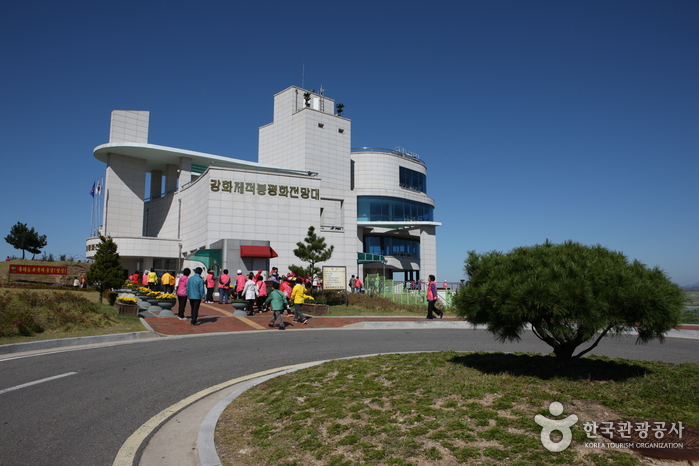
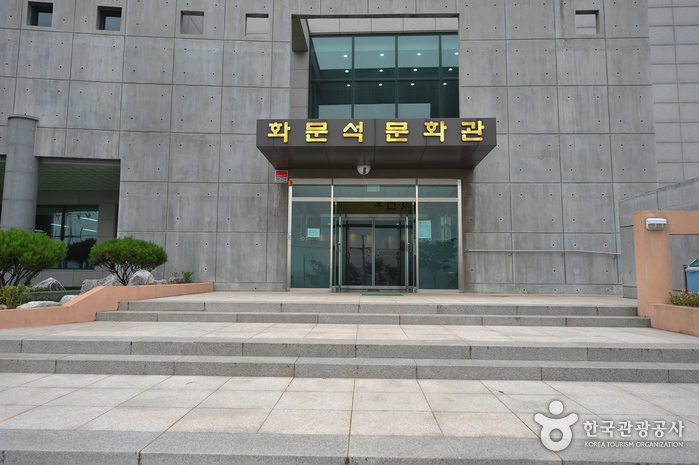

![Dolmen in Bugeun-ri [UNESCO World Heritage] (강화 고인돌 유적 [유네스코 세계문화유산])](http://tong.visitkorea.or.kr/cms/resource/77/1876577_image2_1.jpg)

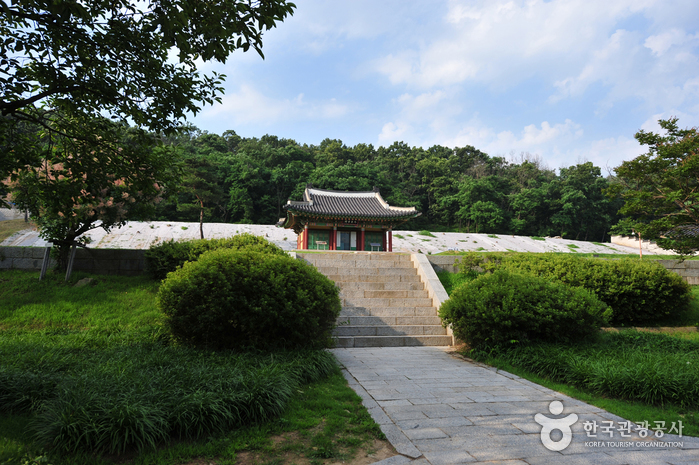
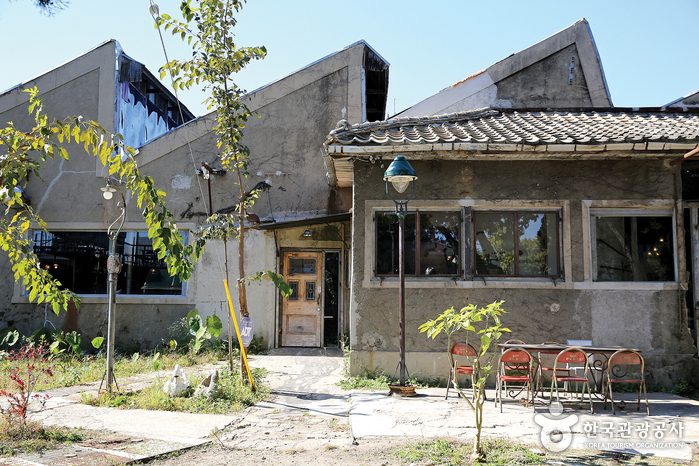
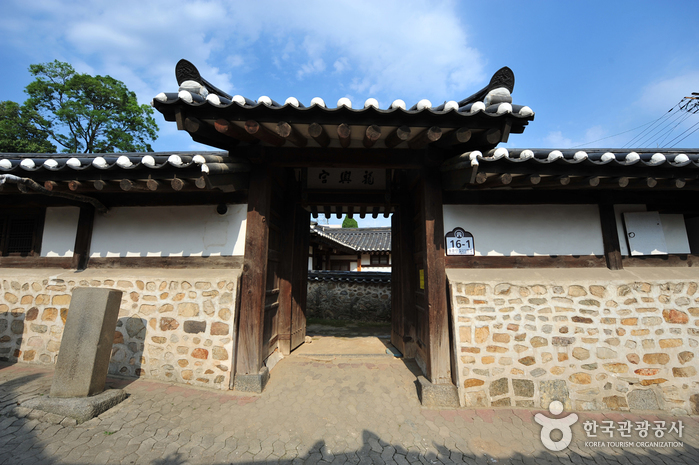
![[Ganghwa Nadeul-gil Course 8] Bird Watching Trail ([강화 나들길 제8코스] 철새 보러 가는 길)](http://tong.visitkorea.or.kr/cms/resource/32/1895232_image2_1.jpg)
![[Ganghwa Nadeul-gil Course 7] Setting Sun Trail ([강화 나들길 제7코스] 낙조보러 가는 길)](http://tong.visitkorea.or.kr/cms/resource/22/1895222_image2_1.jpg)
 English
English
 한국어
한국어 日本語
日本語 中文(简体)
中文(简体) Deutsch
Deutsch Français
Français Español
Español Русский
Русский